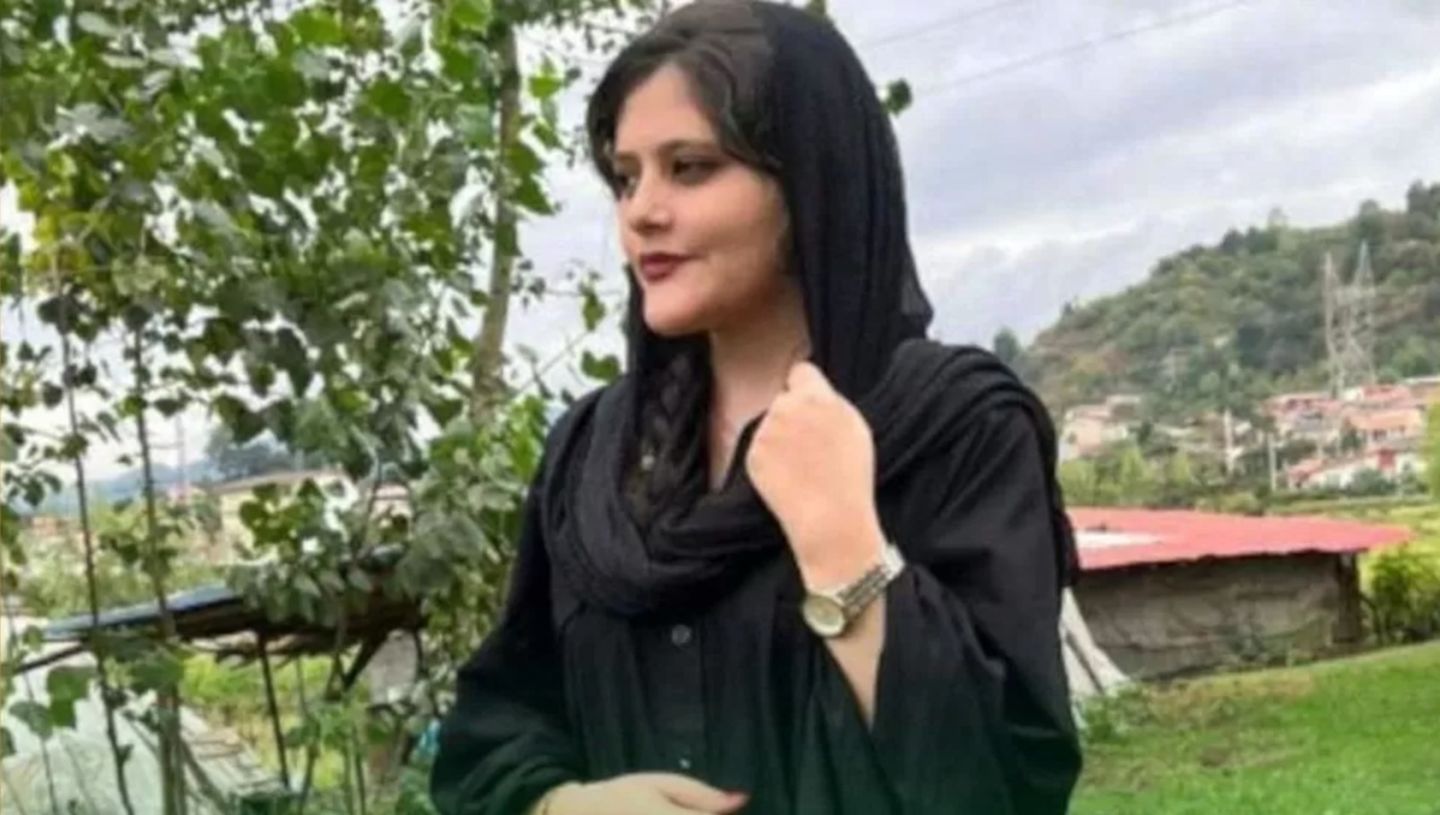Thoughts on Iran
Like so many others, I was shocked by recent news from Iran. Mahsa Amini, a 22-year-old woman from Iran’s Kurdistan province who was visiting Tehran, died in police custody after having been detained by the country’s notorious “morality police”, who accused her of not properly covering her head.
Credible accounts suggest that Mahsa’s death was the result of beatings and abuse she suffered at the hands of police. In response, Iranian authorities hurriedly tried to cover up the incident and offered rather implausible explanations of her cause of death. But the news spread rapidly and has since sparked a wave of public protests not seen since the popular unrest that shook Iran in 2009.
The outrage over yet another example of police brutality against women is understandable, and I have nothing but respect for the many brave women who are shedding their hijabs and cutting their hair on the frontlines of public protest. But the demonstrations speak of a frustration that runs much deeper. In a country where, according to some estimates, more than 60% of the population is under 30 years of age, the gap between the governed and those who govern them couldn’t be any greater. A whole generation looking for opportunity and personal freedoms feels abandoned, if not shackled, by a regime out of touch with the hopes and aspiration of its people. Not only are young Iranians fed up with a depressing theocracy that controls almost every aspect of their lives, they are also rising up against a system marred by corruption and incompetence.
The sentiments being expressed in the streets of Tehran and elsewhere are not new. What began as a revolution to rid the country of Shah Reza Pahlevi and his hated regime, ultimately replaced an autocratic monarchy with a brutal theocracy, squashing the dreams (and costing the lives) of so many who had hoped for a democratic transfer of power in 1979. Now, 43 years on, a majority of Iranians may know what few have been willing to say publicly: the Mullah regime is broken beyond repair.
Sadly, Iran’s leaders are showing their true, familiar colours in response to the situation. More people have died in recent days as an entirely predictable heavy-handed crackdown has begun. Following tried and tested procedure, communications channels are being shut down. The next days will bring more police brutality, arrests and very likely more deaths, alongside the typical mass demonstrations of regime supporters denouncing this emerging movement for freedom and reform as the work of foreign provocateurs.
They’d all be well advised to listen to the voices of protest and read the writings on the wall. You can only oppress 80 million people for so long. If Iranians want to be free, they will be free. The world’s eyes are on Iran. The young generation taking to the street are Iran’s future.


